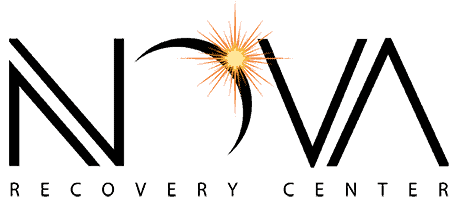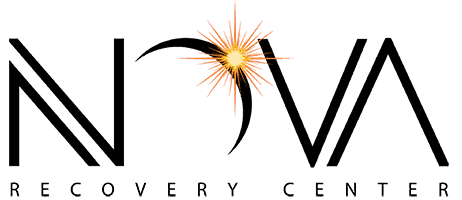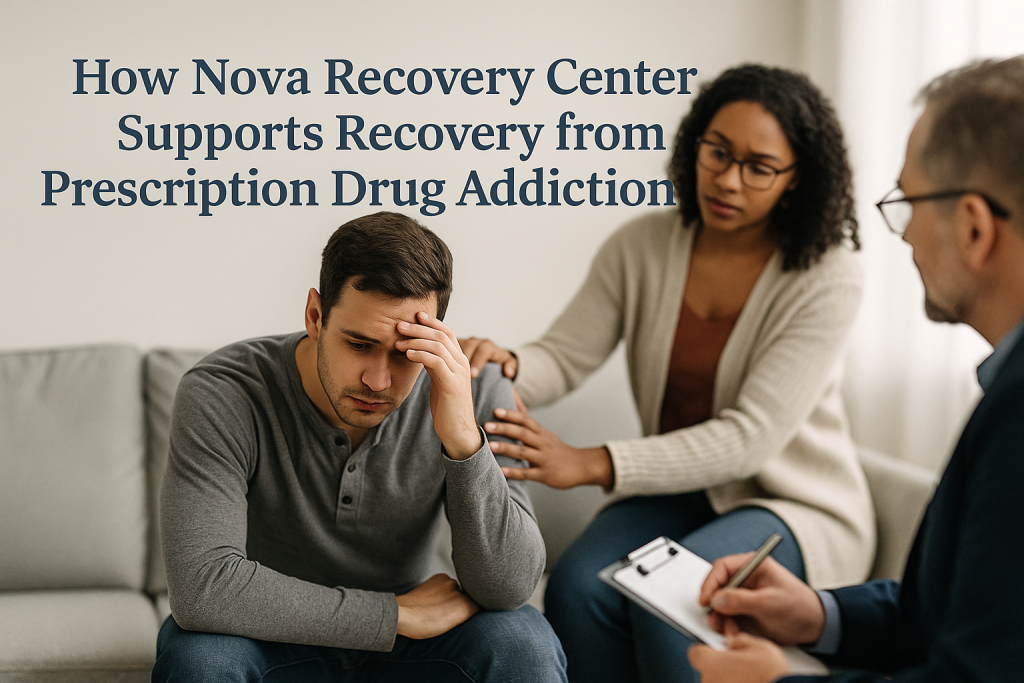Prescription Drugs: Meaning, Use, and Risks
Key takeaways
- “Prescription drug” means a medicine that needs an authorized clinician’s order. OTC drugs do not.
- Regulation focuses on safety, correct diagnosis, and potential for misuse.
- Some prescription drugs are “controlled substances” with extra rules because of addiction risk.
- In mental health care, antidepressants, antipsychotics, mood stabilizers, stimulants, and certain sedatives are common. Stimulants and many sedatives are controlled.
- Safe use reduces risk: follow directions, avoid drug sharing, and use one pharmacy.
- Seek help if you or someone close to you may be misusing a medicine. Nova offers residential inpatient rehab for structured, long‑term recovery after detox.
Table of Contents
Prescription drugs are central to modern care. They can ease pain, fight infection, and help manage mental health. These drugs also come with rules and risks. This guide explains what “prescription drug” means. It offers a clear definition of prescription drugs and description of prescription drugs—how they are used, managed, and regulated. We also clarify the prescription drugs meaning in everyday terms and link it to addiction and mental health.
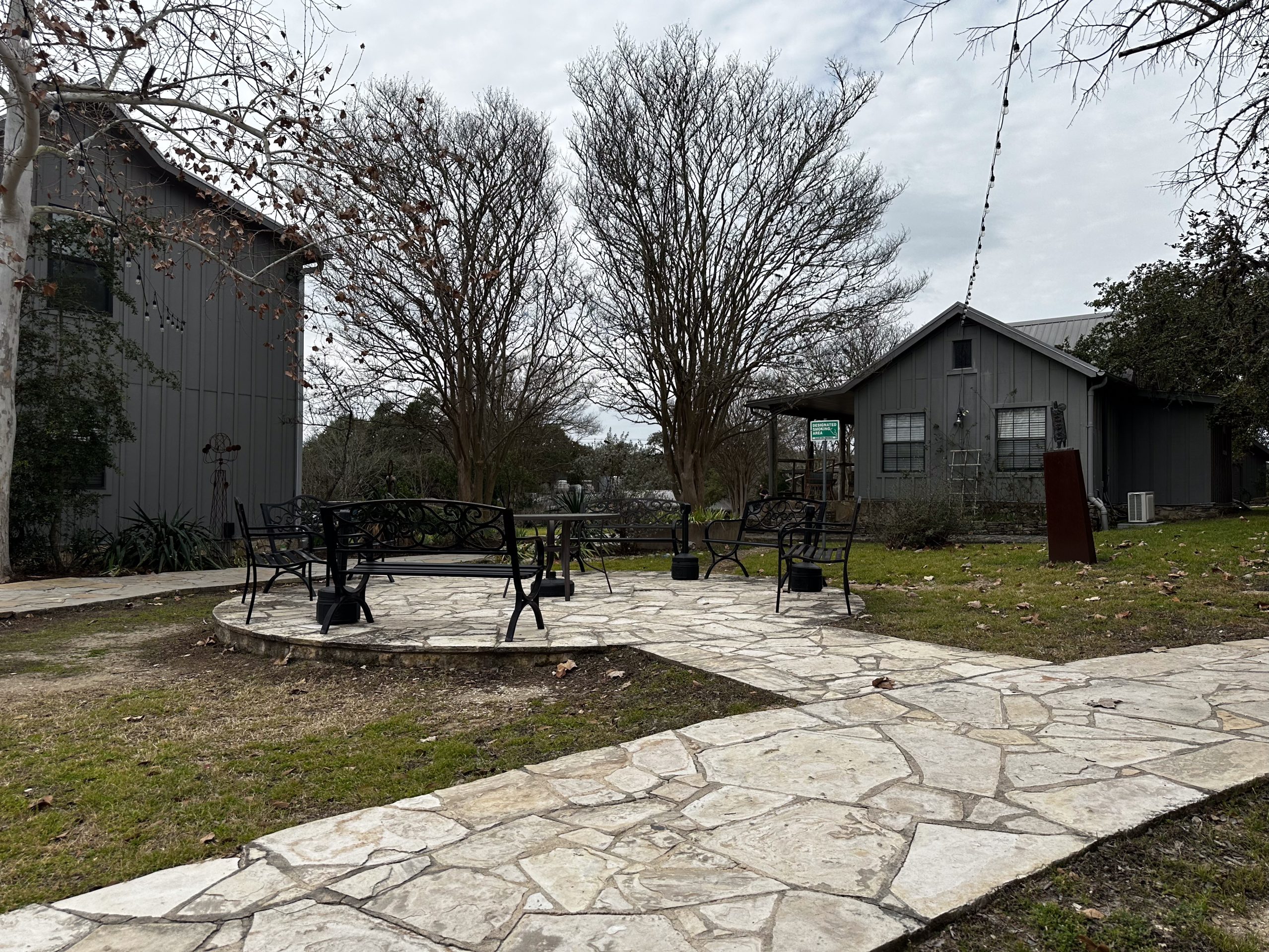

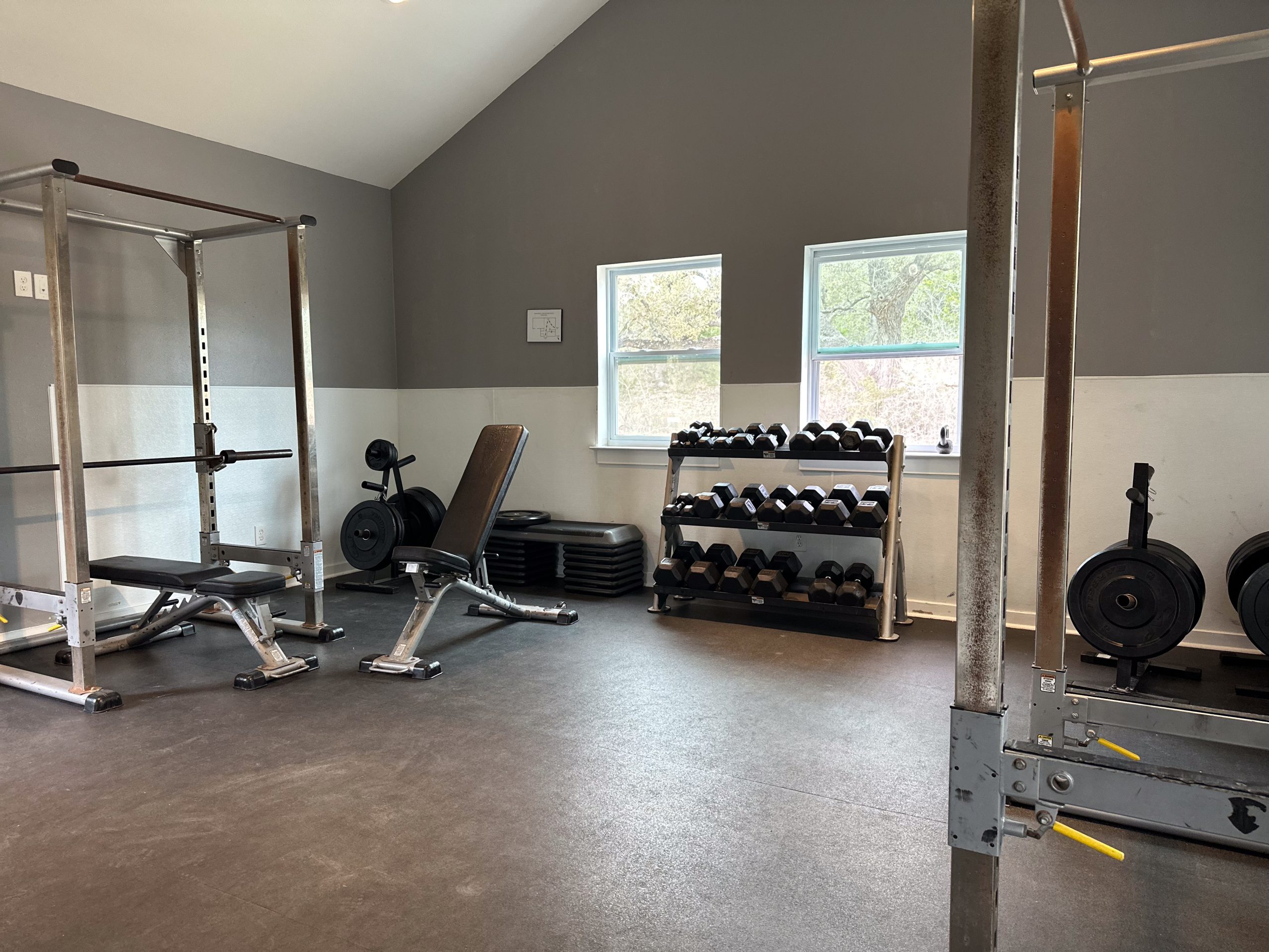



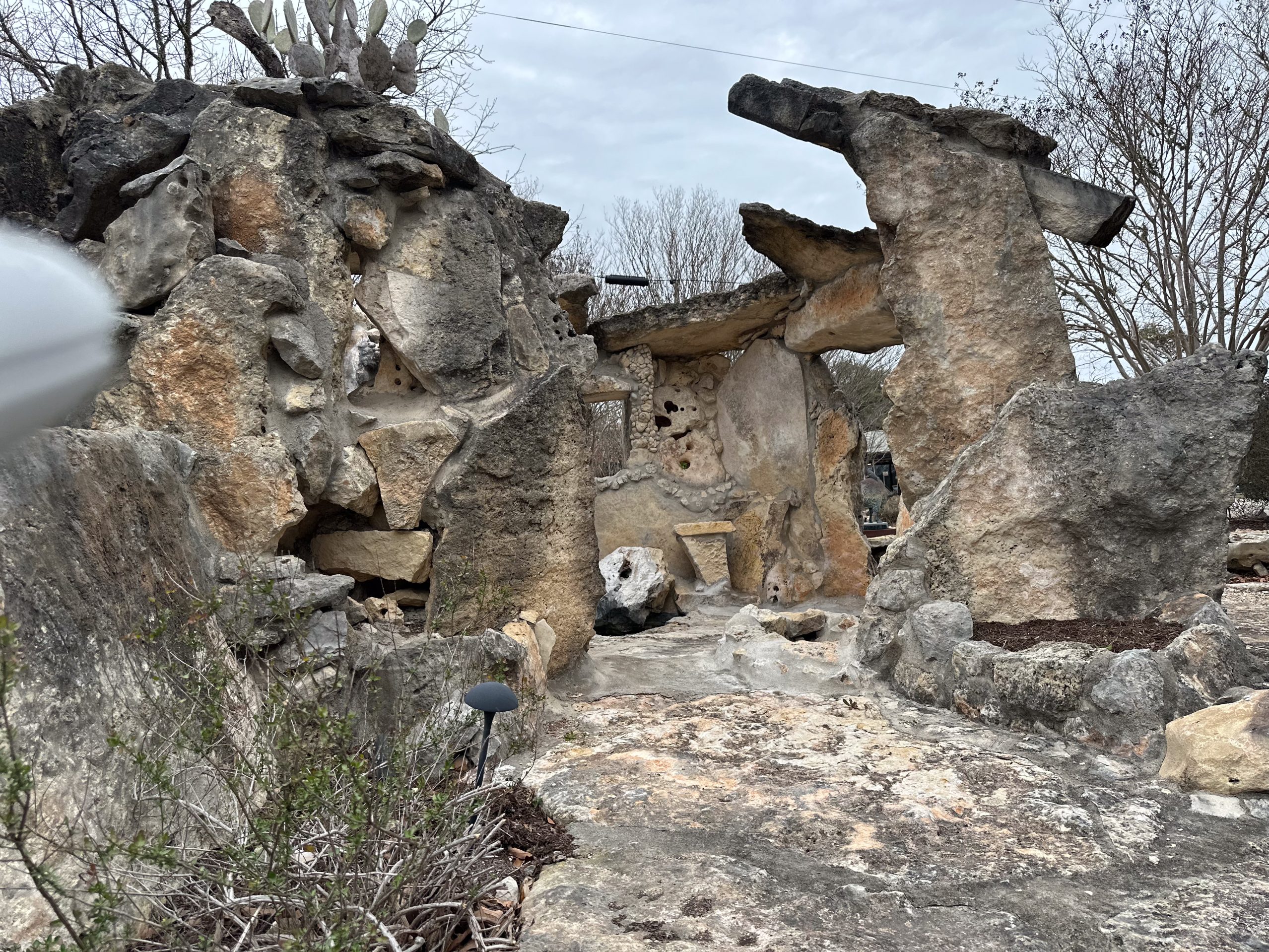
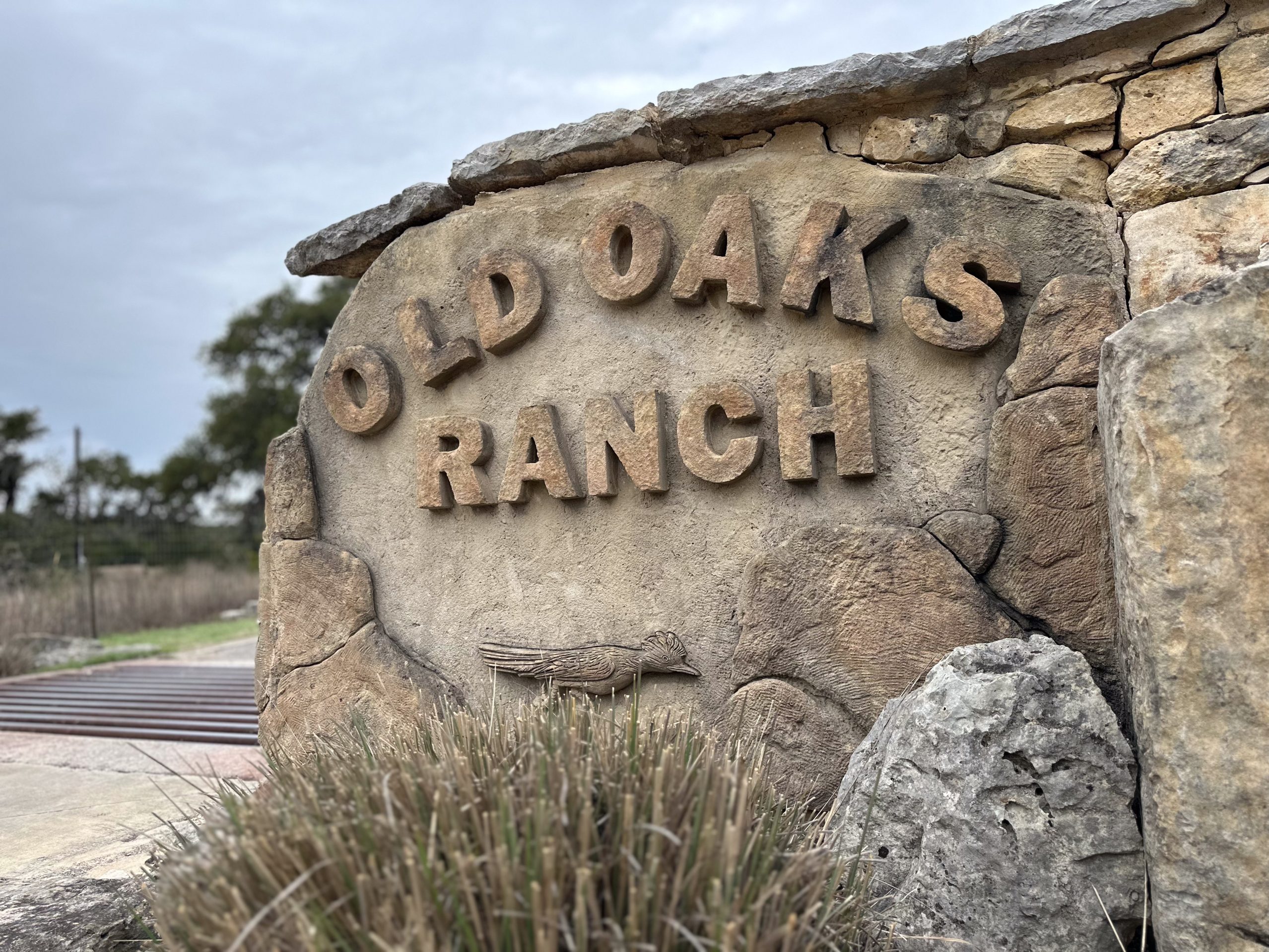
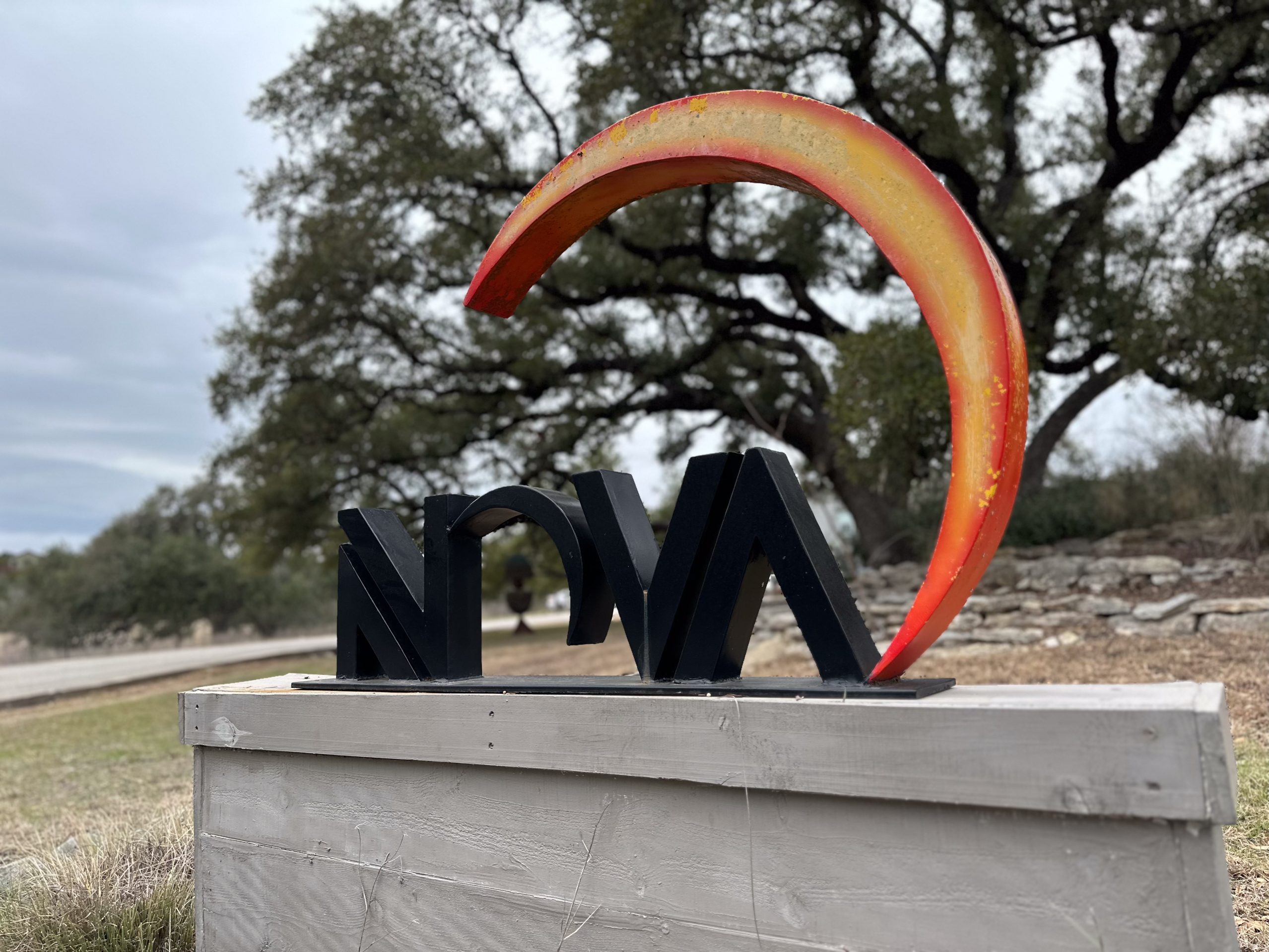
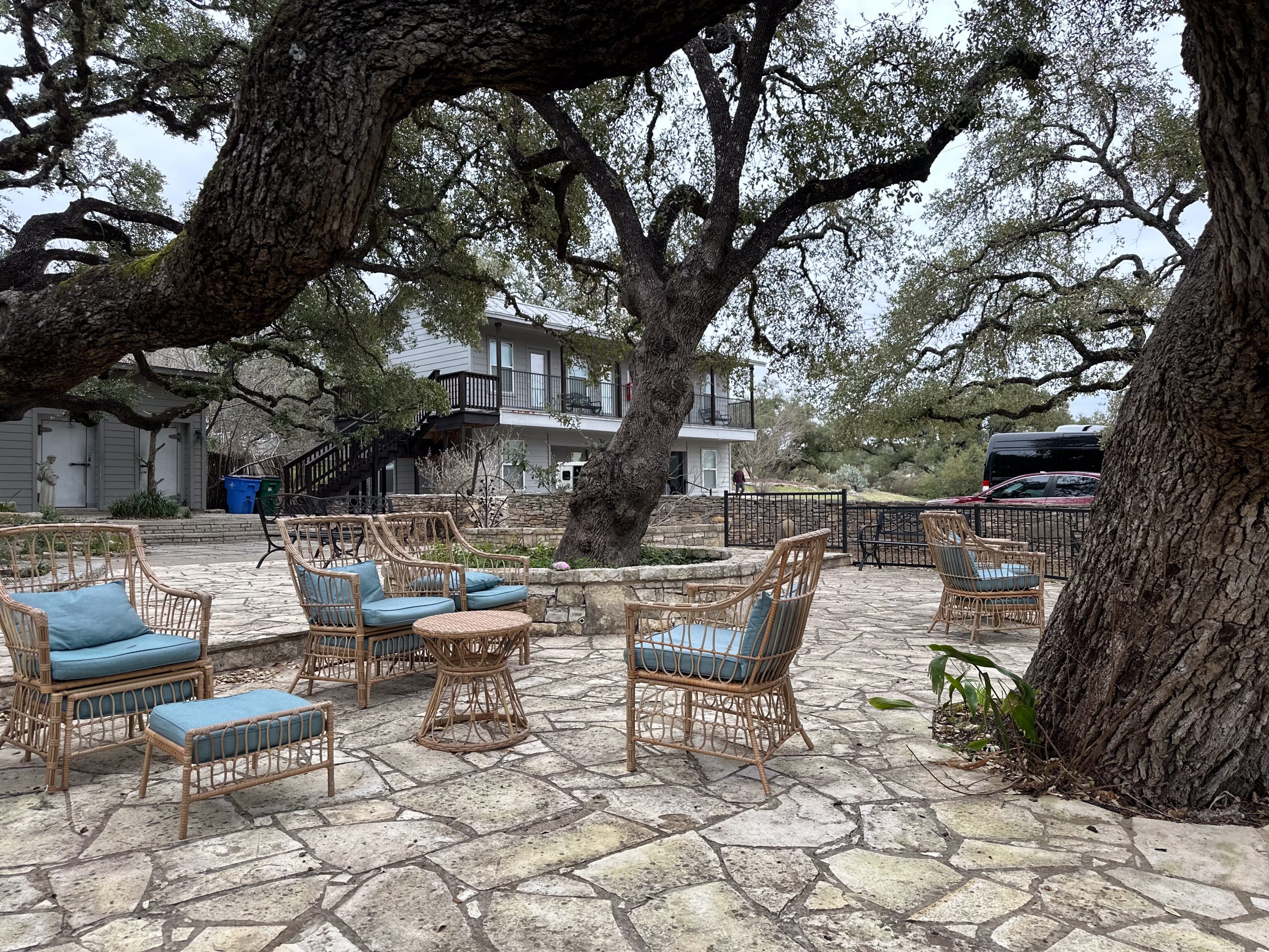
What “prescription drug” means
A prescription drug is a medicine that can be given out only with a valid prescription. A prescriber must write or approve the order. In plain language, it is a drug you can get only with that order. Public health groups use the term for drugs used to treat or prevent disease. A licensed provider oversees their use. By contrast, over‑the‑counter (OTC) drugs can be bought without a prescription.
How does alcohol interact with ADHD stimulants?
A prescription is required when a drug needs medical oversight to be used safely. It may also be needed when a condition must be diagnosed by a clinician. Some drugs can cause harm if misused. In those cases, a prescription adds a safety check. OTC drugs are labeled for self‑care when used as directed.
A note on formal definitions
U.S. agencies use precise legal language. FDA guidance treats “prescription drug” as covering human drugs, many biologics, and animal prescription drugs. Other federal rules use the same idea.
Freedom Starts Here. Take Back Your Life Today.
Same-Day Admissions in Austin Available.
How prescription drugs are regulated
Who can prescribe and dispense
In the United States, several types of clinicians can prescribe. These include doctors, nurse practitioners, physician assistants, dentists, optometrists, and veterinarians. Pharmacists dispense the medicine after checking the order. Rules differ by state, but a valid prescription is always required.
Controlled substances and schedules
Some prescription drugs can lead to misuse or addiction. U.S. law calls these “controlled substances.” It places them into Schedules I–V. Scheduling reflects medical use and the risk for abuse or dependence. Schedule II drugs include certain opioids and stimulants. They carry strict controls. Schedule IV medicines include many sleep aids and anti‑anxiety drugs. Schedule I substances have no accepted medical use under federal law. For a quick reference, see our drug schedule chart (Schedules I–V) to understand how risk and controls differ by class.
Labeling and patient information
FDA‑approved prescribing info shows how to use a drug safely. For some drugs, the FDA also requires a Medication Guide. It is a plain‑language sheet that lists key risks and safe‑use steps. Pharmacists give it with the prescription.
Common classes of prescription drugs
Prescription drugs span many types. The list below highlights groups often used in mental health and addiction care.
Pain medicines (opioids)
Drugs such as oxycodone, hydrocodone, and morphine are prescription opioids used for moderate to severe pain. They also carry risk for dependence and addiction. Careful monitoring is important.
Central nervous system (CNS) depressants
Benzodiazepines and related drugs can reduce anxiety or help with sleep. They slow brain activity and can cause sedation. Misuse—especially with alcohol or opioids—raises overdose risk.
Stimulants
Medicines used for ADHD and narcolepsy increase alertness and attention. They also have abuse potential. Take them exactly as prescribed. Prescription stimulants for ADHD improve focus but have abuse potential when not taken as directed. Examples include Adderall (amphetamine/dextroamphetamine), which is a Schedule II medicine with a known misuse risk.
Antidepressants
SSRIs, SNRIs, and other antidepressants help treat depression and anxiety disorders. They are not controlled substances. Side effects and benefits vary. Most require steady daily use for several weeks to show effect.
Antipsychotics and mood stabilizers
These drugs help manage conditions such as schizophrenia and bipolar disorder. Dosing and monitoring are tailored to the person. They are prescription only because they need clinical supervision.
Prescription drugs, addiction, and mental health
Misuse vs. dependence vs. addiction
Misuse means taking a drug in a way other than prescribed. Examples include larger doses, using someone else’s medicine, or altering the form to snort or inject. Dependence is a physical change where the body adapts to a drug. Stopping suddenly can cause withdrawal. Addiction (substance use disorder) is a pattern of compulsive use despite harm.
Risk factors and warning signs
Risk rises with higher doses or mixing drugs with alcohol or other drugs. A history of substance use disorder or certain mental health conditions also increases risk. Warning signs include taking more than prescribed, doctor‑shopping, cravings, and withdrawal symptoms when doses are missed.
Safe‑use checklist
- Take medicines exactly as directed. Do not change the dose on your own.
- Do not share or sell prescription medicines.
Store medicines in a locked place. Keep opioids and sedatives away from children and visitors. - Use one pharmacy when possible so the pharmacist can check for interactions.
- Ask whether you will receive a Medication Guide and read it.
- Never crush, chew, snort, or inject a drug unless the label or your prescriber says it is safe.
- If a drug is not working or causes side effects, call your prescriber. Do not stop suddenly without guidance.
- If you’re struggling with use, ask about evidence‑based care starting with medical detox to manage withdrawal safely.
Getting prescriptions safely—especially online
Buying medicine online can be convenient. It can also be risky. Many websites sell unsafe or counterfeit products. A safe online pharmacy requires a valid prescription. It lists a U.S. address and phone number. It is licensed by a state board of pharmacy. It also has a pharmacist available for questions. Federal resources can help you check a site and report suspicious sellers.
How Nova Recovery Center Supports Recovery from Prescription Drug Addiction
Nova Recovery Center provides comprehensive treatment programs designed to help individuals overcome prescription drug addiction and abuse. The center offers a structured environment where clients can safely detox under medical supervision and begin the healing process. Through evidence-based therapies such as cognitive behavioral therapy and relapse prevention training, clients learn practical tools to manage cravings and triggers. Nova also emphasizes holistic care, addressing the mind, body, and spirit to promote long-term recovery. Individualized treatment plans ensure that each client receives care tailored to their specific needs and challenges. Group counseling and peer support create a sense of community, reducing isolation and fostering accountability. In addition, Nova Recovery Center provides education about the risks of prescription drug misuse and guidance for healthier coping strategies. With a full continuum of care, including residential, outpatient, and sober living options, clients have the support needed at every stage of recovery. The focus on chronic relapse prevention helps individuals build resilience and maintain sobriety. Ultimately, Nova Recovery Center empowers clients to reclaim their lives and achieve sustainable recovery from prescription drug addiction.
FAQ: Prescription Drugs — Definitions, Meaning & Safe Use
What is the definition of a prescription drug?
A prescription drug is a medicine that, by law, can be dispensed only with a valid prescription from a licensed clinician. It is intended to diagnose, treat, mitigate, cure, or prevent disease.
What’s the difference between prescription and over‑the‑counter (OTC) drugs?
Prescription drugs require professional oversight; OTC drugs are labeled for self‑care and can be bought without a prescription when used as directed.
Why do some medicines require a prescription?
Because they may need medical diagnosis, ongoing monitoring, or have safety risks (e.g., interactions, dependence potential) that warrant supervised use.
What does “Rx” mean?
“Rx” is the common abbreviation for prescription; it comes from the Latin recipe (“take”).
Who can prescribe prescription drugs?
In the U.S., MD/DO physicians and, depending on state law, nurse practitioners, physician assistants, and some other licensed professionals have prescriptive authority.
What information is on a prescription drug label?
FDA‑approved labeling includes uses, dosing, contraindications, warnings, and risk information; some drugs also require patient‑facing Medication Guides.
What is a Medication Guide?
A Medication Guide is FDA‑approved patient labeling required for certain prescription drugs to explain major risks and safe‑use steps in plain language.
How are prescription drugs regulated in the U.S.?
FDA reviews and approves drug safety and effectiveness; DEA places abuse‑prone medicines into Schedules I–V under the Controlled Substances Act.
What are examples of prescription drugs?
Common groups include opioids for pain, benzodiazepines for anxiety/sleep, stimulants for ADHD, and medicines for mental health like antidepressants and antipsychotics.
Are all prescription drugs controlled substances?
No. Only drugs with abuse or dependence potential are “controlled substances.” Many prescriptions (e.g., antibiotics, most antidepressants) are not scheduled.
What is prescription drug misuse?
Using a medicine in any way not prescribed—higher doses, someone else’s prescription, or altering the route (e.g., crushing to snort/inject).
Is it legal to buy prescription drugs online?
Yes—only from a state‑licensed pharmacy that requires a valid prescription; many sites are illegal or unsafe. FDA’s BeSafeRx explains how to verify legitimacy.
How should I dispose of unused prescription drugs?
Use DEA/FDA take‑back options; if unavailable, follow FDA’s steps for household trash (mix with unappealing substance, seal, and discard; scratch out personal info).
What does “prescription drugs” mean in simple terms?
Medicines you can only get with a licensed clinician’s order because safe use requires professional guidance.
Are antidepressants and antipsychotics prescription drugs?
Yes. They are prescribed to treat mental health conditions (e.g., depression, bipolar disorder, schizophrenia) and require clinician oversight.
Do rules for prescription drugs differ by country?
Yes. Categories and dispensing rules vary (e.g., U.K. POM/P/GSL; Australia requires an authorized prescriber for prescription medicines).
Are generic medicines also prescription drugs?
Generics can be either prescription or OTC; FDA‑approved generics meet the same standards for dose, quality, and effectiveness as brands.
Other Drug and Alcohol Rehab Locations
Medical Disclaimer
The content on this page is intended for educational purposes only and is not a replacement for professional medical advice, diagnosis, or treatment. Prescription drugs, including antidepressants, antipsychotics, and other medications, should only be taken under the direction of a licensed healthcare professional. Do not begin, discontinue, or change the dosage of any medication without first consulting your doctor. If you experience serious side effects, worsening mental health symptoms, or thoughts of self-harm, call 911 right away in the United States or seek emergency medical care. For immediate and confidential support, dial 988 to connect with the Suicide & Crisis Lifeline, available 24/7.
Nova Recovery Center Editorial Guidelines
By instituting a policy, we create a standardized approach to how we create, verify, and distribute all content and resources we produce. An editorial policy helps us ensure that any material our writing and clinical team create, both online and in print, meets or exceeds our standards of integrity and accuracy. Our goal is to demonstrate our commitment to education and patient support by creating valuable resources within our realm of expertise, verifying them for accuracy, and providing relevant, respectful, and insightful data to our clients and families.
- U.S. Food and Drug Administration. (2017, November 13). Prescription drugs and over‑the‑counter (OTC) drugs: Questions and answers. Retrieved October 1, 2025, from https://www.fda.gov/drugs/frequently-asked-questions-popular-topics/prescription-drugs-and-over-counter-otc-drugs-questions-and-answers.
- U.S. Food and Drug Administration. (2023, June 20). Over‑the‑counter (OTC) | Nonprescription drugs. Retrieved October 1, 2025, from https://www.fda.gov/drugs/how-drugs-are-developed-and-approved/over-counter-otc-nonprescription-drugs.
- Centers for Disease Control and Prevention, National Center for Health Statistics. (2024, July 31). Drug — Health, United States (Sources & definitions). Retrieved October 1, 2025, from https://www.cdc.gov/nchs/hus/sources-definitions/drug.htm.
- Centers for Disease Control and Prevention, National Center for Health Statistics. (2024, August 6). Prescription drug use — Health, United States. Retrieved October 1, 2025, from https://www.cdc.gov/nchs/hus/topics/rx-drug-use.htm.
- U.S. Food and Drug Administration. (2025, January 2). How to buy medicines safely from an online pharmacy. Retrieved October 1, 2025, from https://www.fda.gov/consumers/consumer-updates/how-buy-medicines-safely-online-pharmacy.
- U.S. Food and Drug Administration. (2020, September 21). BeSafeRx: Your source for online pharmacy information. Retrieved October 1, 2025, from https://www.fda.gov/drugs/buying-using-medicine-safely/besaferx-your-source-online-pharmacy-information.
- U.S. Drug Enforcement Administration. (n.d.). Drug scheduling. Retrieved October 1, 2025, from https://www.dea.gov/drug-information/drug-scheduling.
- U.S. Drug Enforcement Administration. (n.d.). The Controlled Substances Act. Retrieved October 1, 2025, from https://www.dea.gov/drug-information/csa.
- United States Code. (n.d.). 21 U.S.C. § 353 — Exemptions and considerations for certain drugs, devices, and biological products. Retrieved October 1, 2025, from https://www.govinfo.gov/link/uscode/21/353.
- Electronic Code of Federal Regulations. (n.d.). 21 CFR Part 208 — Medication Guides for prescription drug products. Retrieved October 1, 2025, from https://www.ecfr.gov/current/title-21/chapter-I/subchapter-C/part-208.
- U.S. Food and Drug Administration. (2024, November 13). How do I use prescription drug labeling. Retrieved October 1, 2025, from https://www.fda.gov/about-fda/oncology-center-excellence/how-do-i-use-prescription-drug-labeling.
- U.S. Food and Drug Administration. (2025, July 1). FDA’s labeling resources for human prescription drugs. Retrieved October 1, 2025, from https://www.fda.gov/drugs/laws-acts-and-rules/fdas-labeling-resources-human-prescription-drugs.
- National Institute on Drug Abuse. (2021, June 1). Prescription opioids (DrugFacts). Retrieved October 1, 2025, from https://nida.nih.gov/publications/drugfacts/prescription-opioids.
- National Institute on Drug Abuse. (2023, March 6). Misuse of prescription drugs (Research report overview). Retrieved October 1, 2025, from https://nida.nih.gov/publications/research-reports/misuse-prescription-drugs/overview.
- Substance Abuse and Mental Health Services Administration. (2025, September 26). 988 Suicide & Crisis Lifeline. Retrieved October 1, 2025, from https://www.samhsa.gov/mental-health/988.
- Substance Abuse and Mental Health Services Administration. (2024, October 24). Helplines: Mental health, drug, alcohol issues. Retrieved October 1, 2025, from https://www.samhsa.gov/find-help/helplines.
